Background
Irish Wolfhounds, tall in stature and long in history, once needed all their Irish luck to survive as a breed. As hunters of the Irish wolf and the giant Irish elk, they may have been too good at their jobs. When those two species disappeared forever, the Irish hounds were jobless, and their numbers dwindled as well.
Through the diligent efforts of one Captain George Augustus Graham, the Irish Wolfhound returned from near extinction in the mid 19th century. The gentle giant we know today is essentially the same dog that hunted with ancient clan lords, played with their children and slept by their hearths.
Characteristics
Often described as the world’s tallest dog and the largest of the coursing hounds, the Irish Wolfhound, or IW, is also well known for its gentle disposition and calm manners. When the dog stands three feet at the shoulder and can stretch up to seven feet or more standing on its hind feet, it’s good to know that it tends to be calm and quiet.
Exercise Needs
Breeders and fans of the IW recommend a spacious fenced area where the hound can have a good gallop every day, and a sturdy leash and some obedience training for all other outings. As hunting dogs bred to go after running prey, their instinct to chase can have disastrous results if they’re allowed to roam free.
Apart from a good daily run, wolfhounds require less exercise than many a smaller breed. They are quite happy as couch potatoes. Their harsh coats need a good weekly brushing, and they may eat less than you’d expect of such a large breed as long as they are fed a high quality diet.
Health Concerns
Deep-chested dogs like the IW are susceptible to a frightening and life-threatening condition known as bloat or gastric torsion. This occurs when the stomach rotates and traps food and gas inside. As more gas builds up, the stomach expands and places increasing pressure on other organs including the heart and lungs. Without immediate medical care, the condition is almost always fatal. Limiting strenuous activity after feeding time is one way to reduce the chances this will happen to your IW.
Other health concerns for the IW are heart conditions, cancer – particularly bone cancer – joint issues, hypothyroidism and some neurological conditions that may cause seizures. Responsible breeders will have their dogs screened for disorders that might be heritable to ensure they only produce healthy puppies. Once grown, most wolfhounds have few ongoing health issues, but, like many large breeds, in old age they can decline rapidly and have a shorter average life-span than small and medium-sized breeds.
Personality
Irish Wolfhounds are great family dogs. Their naturally gentle natures make them ideal around children, although care must be taken around very small children. A wagging tail can be hazardous to a toddler, and a clumsy big-boned puppy can step on small feet with painful consequences.
As an independent hunting dog, an Irish Wolfhound may seem resistant to obedience training. They require training that fits with their somewhat sensitive natures, and they need a lot of treats and encouragement for motivation. Harsh methods will only damage their trust and sense of fair play.
Ideal activities for IW’s are lure coursing (what they were born to do), and therapy work. Their quiet manners make them welcome visitors in hospitals, nursing homes and other environments where they can walk right up to the side of a bed and be at eye level with someone who needs a dose of doggy affection.
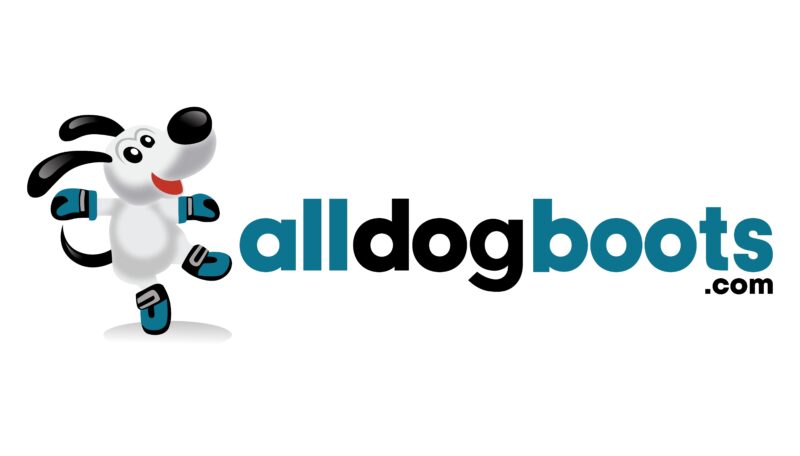
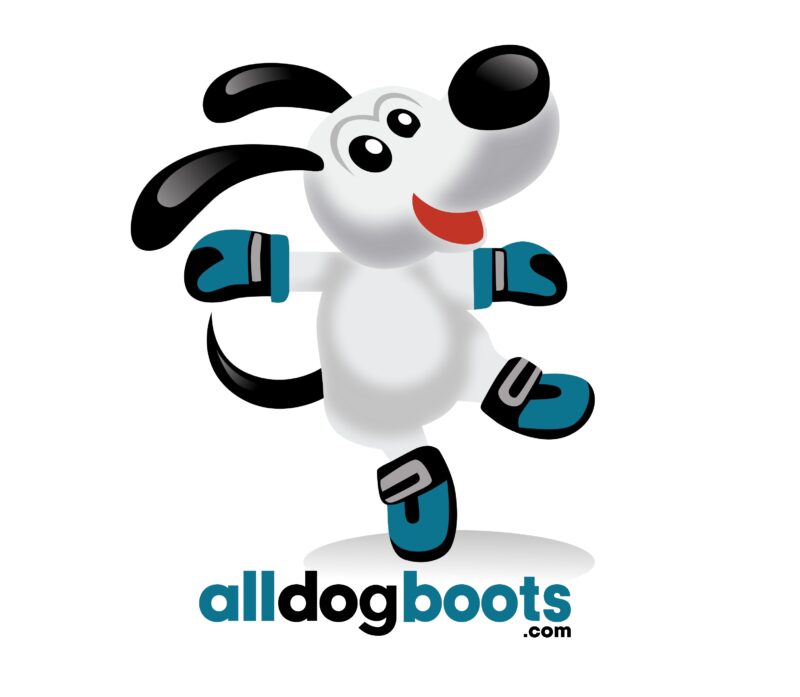


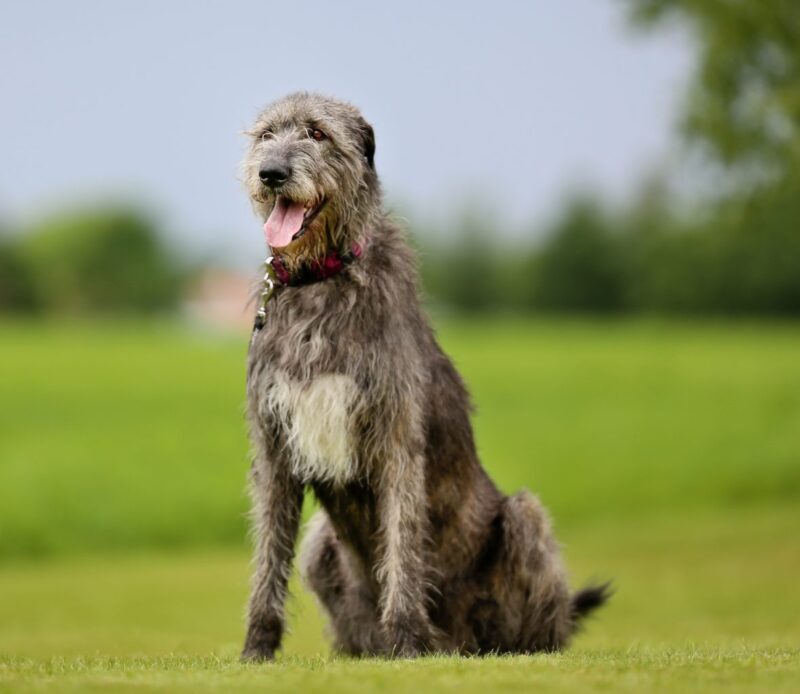
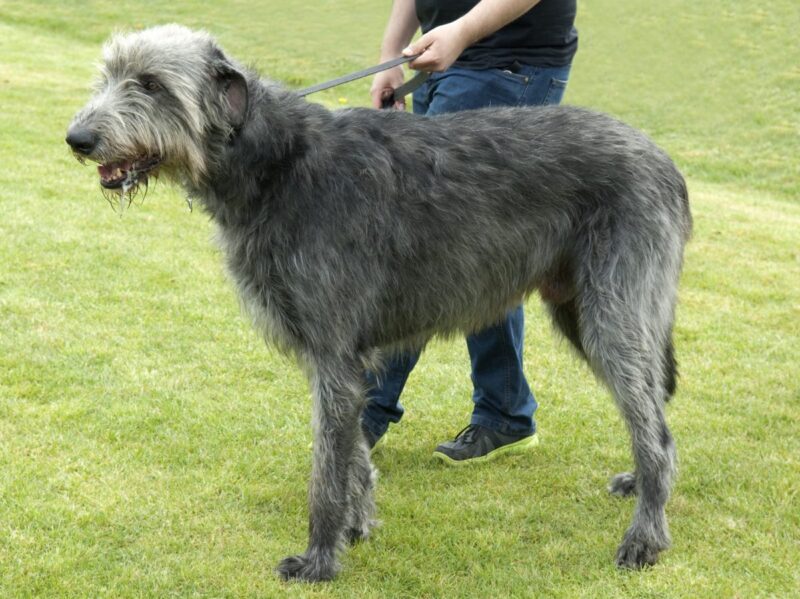
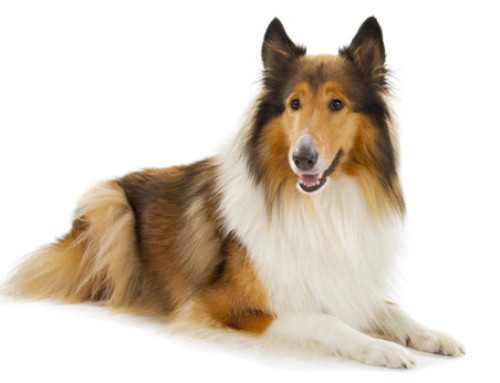
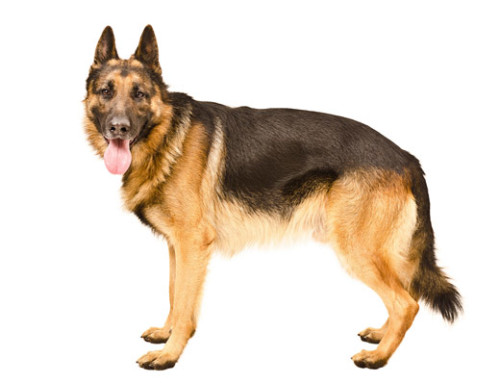
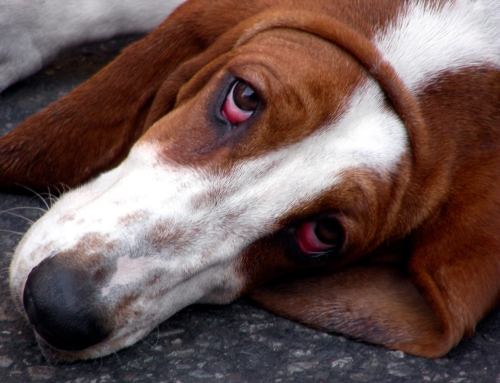
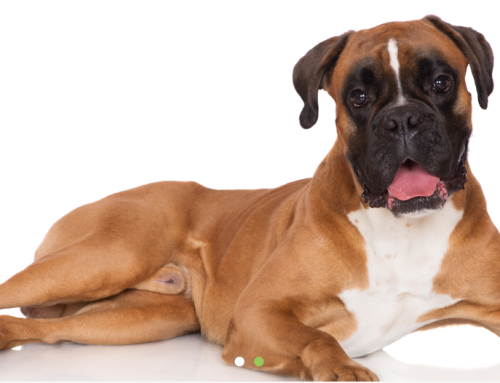
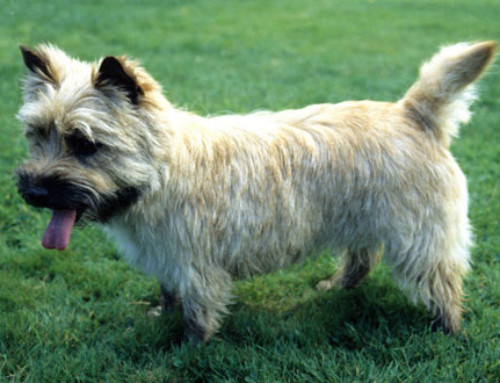
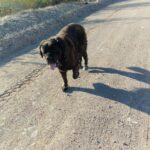


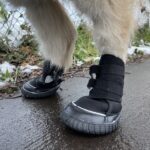
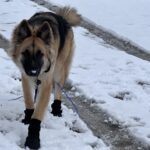

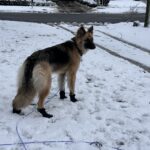
Leave A Comment